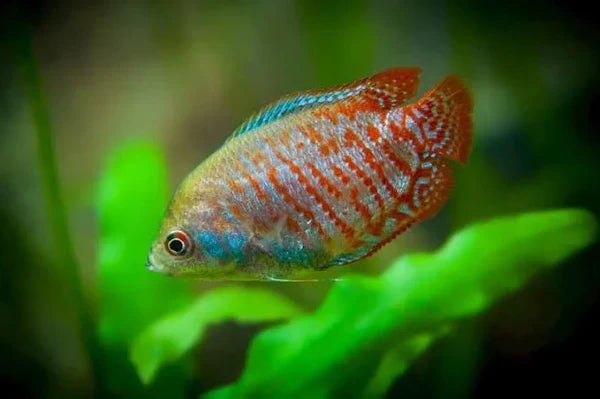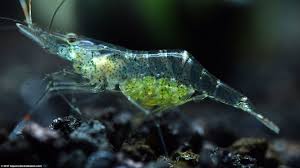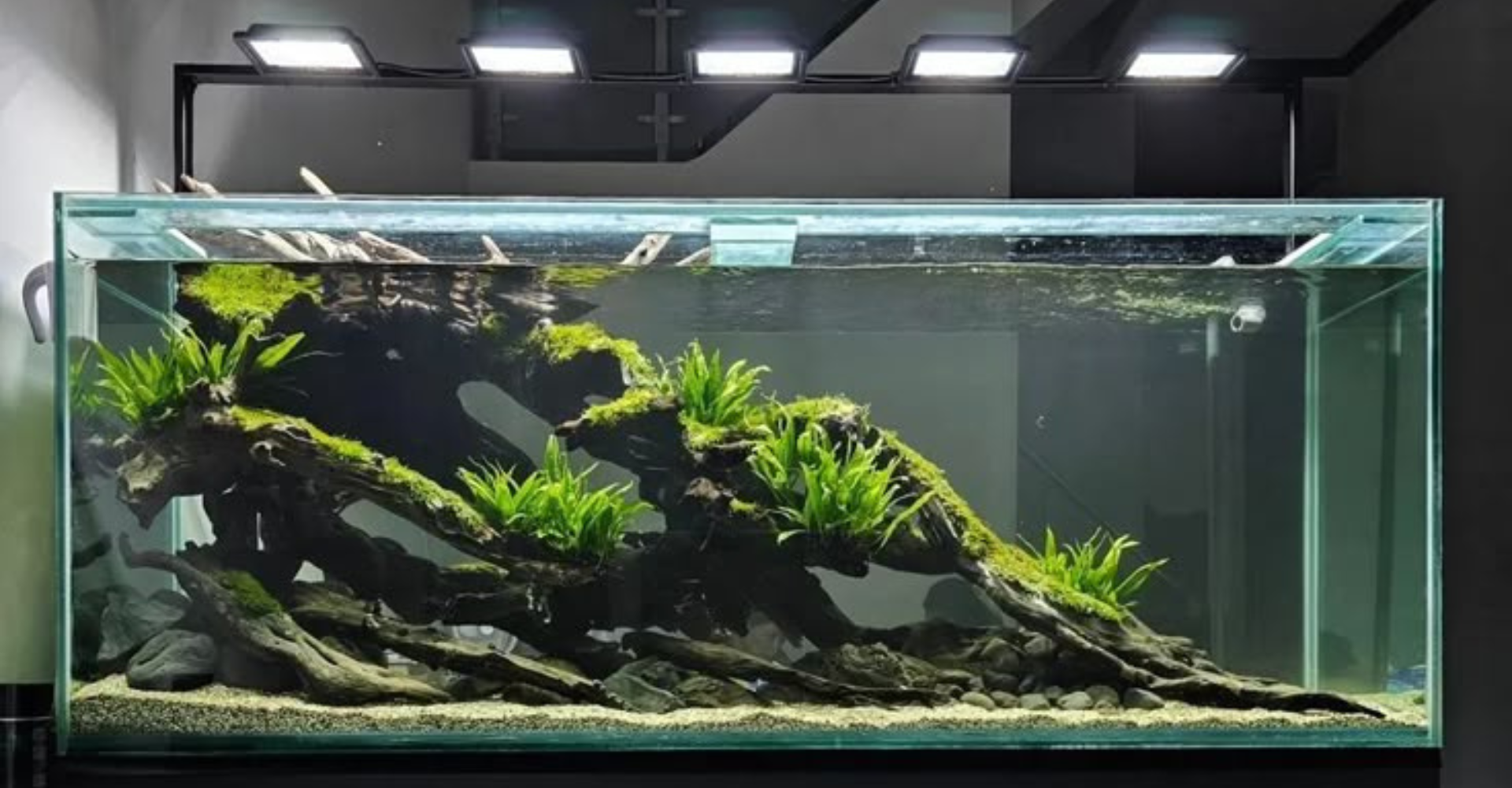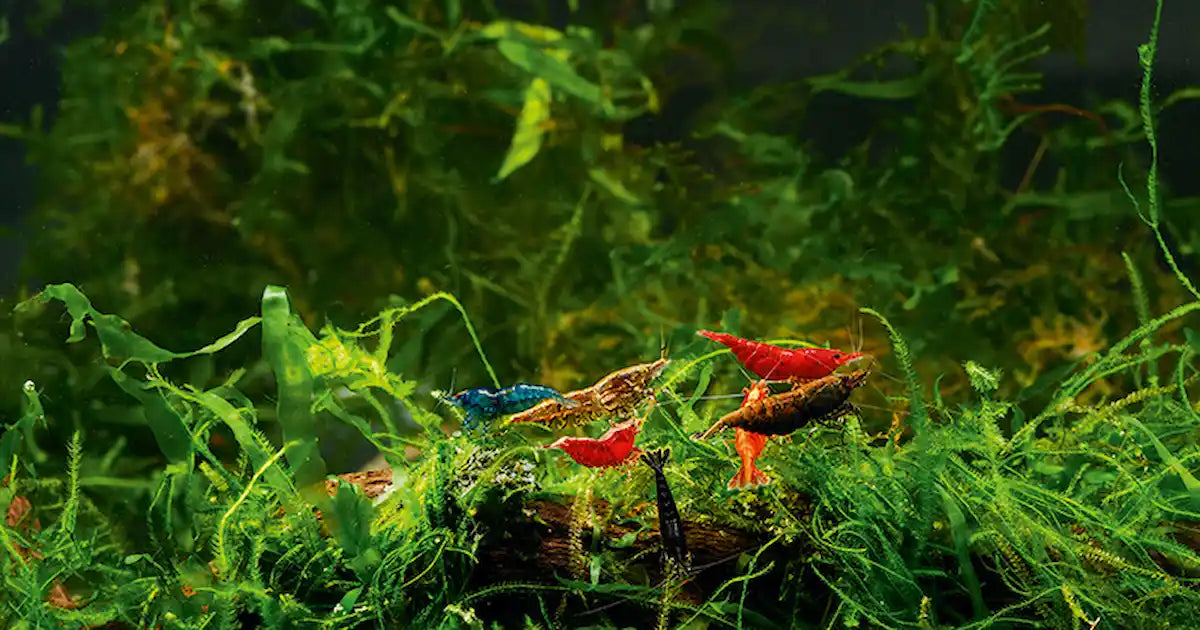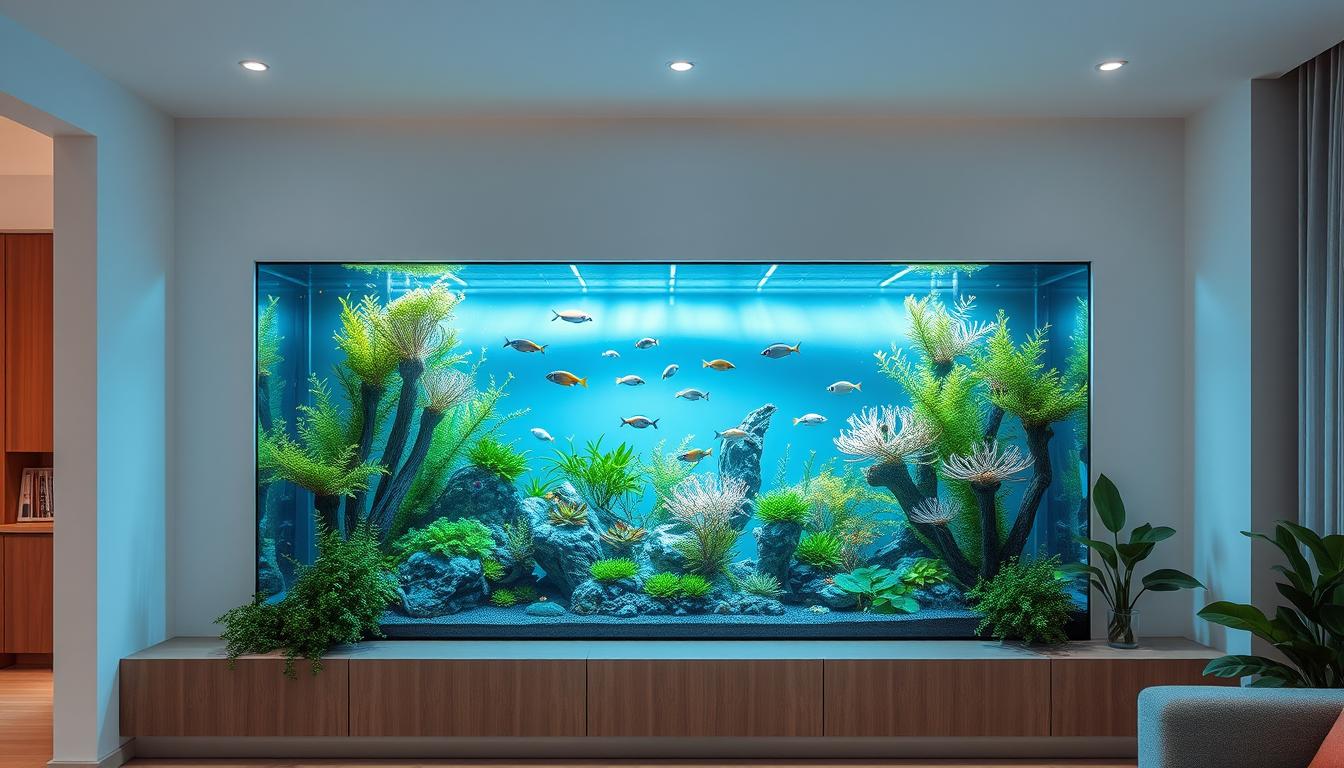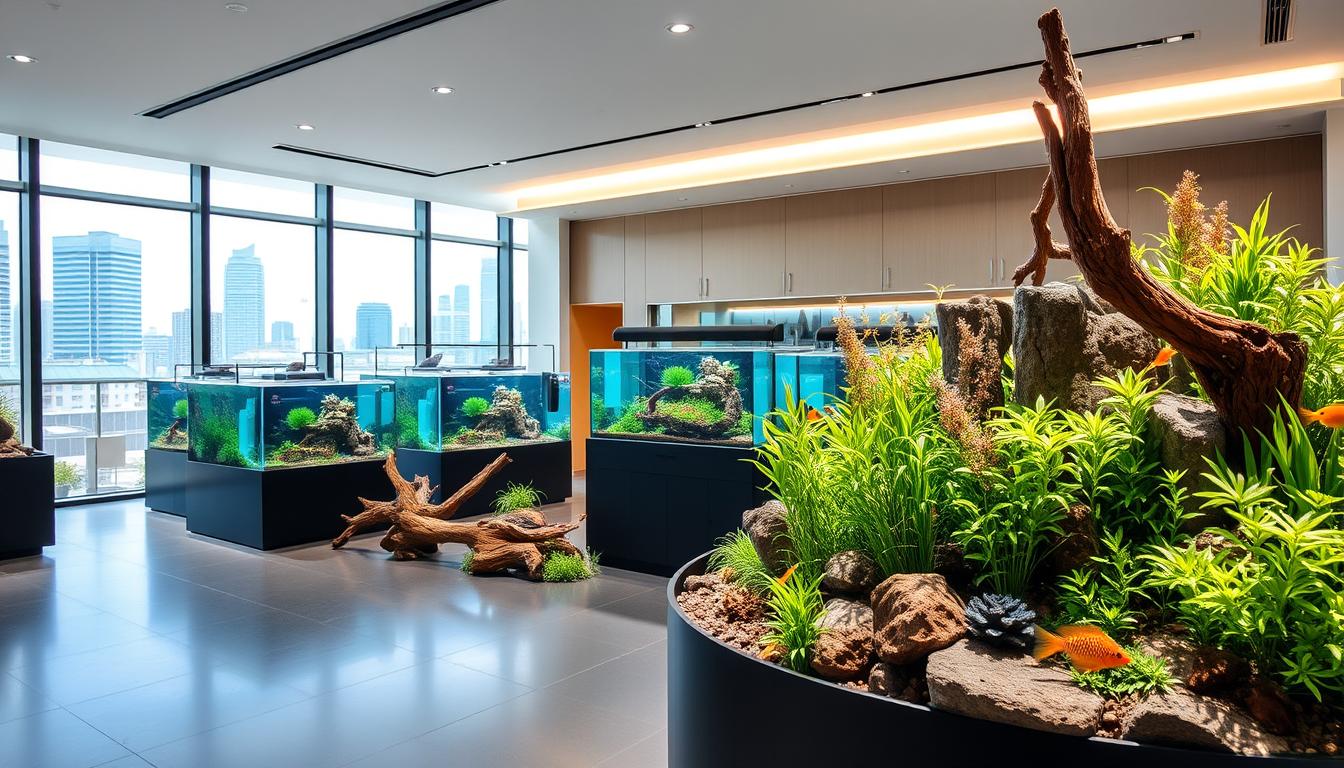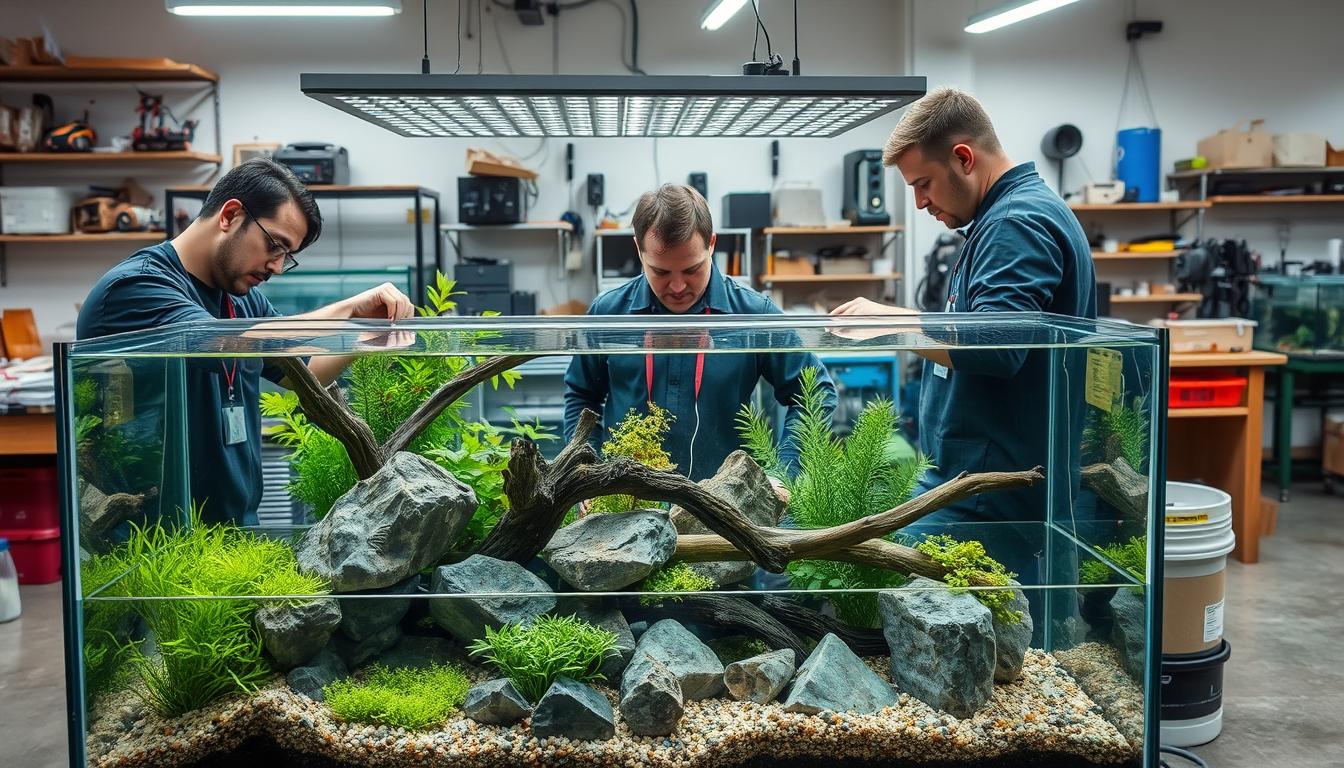Everything You Need To Prepare For A Pregnant Guppy.
Guppies are a popular breed of fish raised today because they are easy to grow, have beautiful colours and reproduce quickly. If you are interested in the guppies ever giving birth, perhaps your lovely school of fish is pregnant. Join us to find out the pregnancy period of guppies and the notes when the fish give birth!
How long are the Guppies pregnant?

Guppies are one of the fast-breeding and seasoned ornamental fish. The gestation period of the guppies only takes about 1 month, and the day after spawning, they will again prepare for the next spawning cycle.
If you are interested in ever spawning guppies, the answer is, on average, 21-30 days. The sign of recognizing that the guppies are pregnant is the appearance of black or red dots on their abdomens. As these dots get bigger, their belly will get bigger and bigger, which means the eggs are developing healthy, and you'll be welcoming new fry soon.
Benefits from breeding guppies.
Breeding guppies will bring many benefits to you. The first is to satisfy your guppy's passion. Then there are the economic benefits, like selling the fry to people who share your hobbies or raising the baby guppies to grow up and selling the guppies as a form of aquarium business.
In addition, if you want to discover, develop, and improve your seed source, breeding guppies is the most optimal and economical solution. To have guppies that meet the highest reproductive standards, farmers must choose a good, pure breed source. At the same time, it also requires the breeder to have experience in caring. Some hatcheries of guppies in Australia. Micro Aquatic Shop is very reputable and quality with guppies will be better adapted and have a longer life span.
Characteristics of spawning guppies.

The guppies are a breed with a highly prominent and attractive appearance. That's why this fish breed has become so popular that almost every family has it in their aquarium. This lovely fish has a breeding feature superior to other ornamental fish breeds in that they have a short breeding cycle. It is a fish breed that reproduces continuously, spawns quickly and lays thickly. Therefore, they are the most effective fish for those who like playing, raising, and trading ornamental fish.
Guppies are spawning time.
When you keep guppies, and often see the male fish chasing the female fish constantly. They follow the female fish all day; that's the time to let you know that the female fish has reached the reproductive stage.
Guppies spawning time is usually 1 month/time or 3 months/ 2 times on average. Guppies usually lay 50-100 fish/time at each spawning time. Signs to recognize that they are about to give birth are the growing belly and the mother's activity slowing down. They may refuse to eat or spit out food.
The young guppies are raised for 2-3 months; they will also come to the reproductive period and can be propagated to the next generation. To ensure a healthy, beautiful, long-finned seed, you should not let the ages of individuals resemble each other for more than 3 generations to avoid seed degradation; the fish born will be smaller and more challenging to raise. The best way is to breed distantly related fish together to upgrade the breed more effectively.
Signs of guppies giving birth through appearance.

It is essential to watch for signs that the guppies are about to give birth if you do not want the males to eat all the fry. So when do guppies spawn? A growing belly is a sign that guppies are about to give birth through their shape; pregnant fish will have a black dot on the abdomen near the anal opening. Their stomachs will get bigger and from round to square, so they're nearing their due date.
The important thing now is that you need to isolate the pregnant female fish from the male fish. The reproductive organs of the guppies are located near the anus, the males will have a pointed shape, and the females will have a round shape. When not pregnant, their abdomen is transparent; when pregnant, this position will appear as a small dark dot.
Signs guppies give birth through behaviour.
During pregnancy, they will tend to find a place to hide from other fish. As the belly gets more significant, they will move more slowly and always want to find a place to rest until spawning is complete.
During pregnancy, guppies also eat less. Therefore, the owner should supplement the female fish with highly nutritious food to ensure a source of nutrients for both the mother and the fry.
After pregnancy, female guppies will separate from the school and find a suitable place to prepare to spawn. They often stand still, eat little and even spit out food. This is the right time to separate the fish from the flock.
When preparing to spawn, you will observe that their anus is protruding. This is the time when the fish is about to give birth. The born fry is very easy to care for. They can even grow up in the wild with proper care and nutrition.
How to take care of spawning guppies.

Guppies are both healthy, easy to raise and reproduce well. Therefore, the individual mother, after giving birth, will recover quickly. You will take care of them like any other typical fish. Since you have separated the mother fish before, you should bring them back to the school after they have finished spawning. That is the habitat they have adapted to long before, so they should be brought back.
After birth, they still have eggs in the belly; this is a source of nutrition for the fry for about 2-3 days so that the fish is firm and can digest other food. Young guppies mainly eat algae in the first 1-2 weeks. After about 1-2 weeks, you supplement them with pellets suitable for the fish's age.
The best food for baby guppies.

Newborn guppies are small and only have a few suitable foods for the fry. Feed the fry with artemia larvae, bobo or fine-grained bran to ensure the number and avoid fry loss. This is the most suitable food for guppies. The fry can be eaten at birth. Because finding a source of bobo is quite tricky and unhygienic nowadays, incubating artemia eggs or small bran will help you be more active in the food source.
For healthy fry, water temperature is critical. If the temperature is not suitable, it will significantly affect the development of the fry. A high or low survival rate depends on your care experience.
Guidance on isolating guppies from spawning before giving birth.
If the mother guppies are about to give birth, you must isolate them immediately. When buying guppies with a pregnant mother, you should not immediately put them in the tank when you bring them back. Giving them a separate area to wait until the spawning day is best.
With a place for spawning fish, you need to design a shelter so the fry has a place to uncle after birth to avoid the mother from eating the fry. After the mother fish is done spawning, you should quickly separate the mother from the fry by returning the mother fish to the tank. The fry needs to be cared for with a separate temperature regime.
- Before the fish is born, it is necessary to ensure that the pH is between 4.5-5.5.
- After the fish spawn, it is necessary to ensure the PH is from 5.5 to 6.5.
- During the quarantine period for fish to reproduce, do not feed the fish
- Only parents and fathers should be paired for 5-7 days, then need to separate to ensure the health of the fish.
- After birth, from 13-14 days, the fry must be put in a big tank to take care of them.
- After giving birth, the mother fish needs to rest for 3-4 days. Then let them pair up to prepare for the next litter.
Conclude.
Above is the information to learn about the guppies ever spawn and the notes when the guppies breed. Hopefully, readers will have more experience caring for fish during pregnancy and getting healthy fry. If you have any questions or concerns, please get in touch with us via our website: https://microaquaticshop.com.au/




